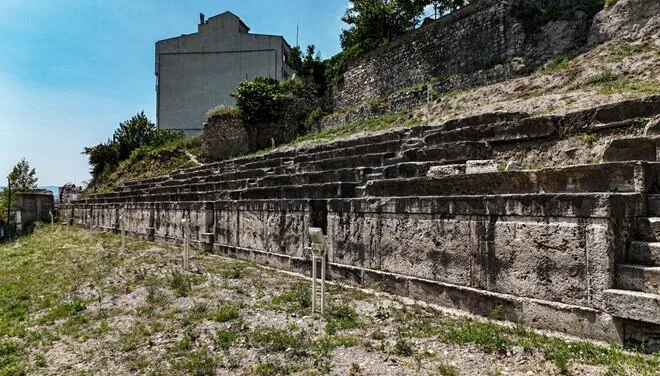
Ancient Roman Stadium of Bithynia in Bolu to Become Türkiye’s New Archaeological Highlight
The recently excavated ancient Roman stadium in the historic region of Bithynia, located near Bolu in northwestern Türkiye, is poised to open as a major archaeological attraction by the end of 2025. Discovered in 2008, this rare example of Roman sports architecture is the first stadium uncovered in Bithynia, a region rich in classical heritage but often overlooked on the global tourism map.
First Roman Stadium Unearthed in Ancient Bithynia
Situated in the ancient city of Claudiopolis, the stadium was believed to have been built in the 2nd or 3rd century AD during the reign of Roman Emperor Hadrian. The structure stands out as the first Roman stadium uncovered in the historical region of Bithynia. Designed in a distinctive “U” shape, the stadium originally stretched approximately 190 meters in length. Today, 94.5 meters of its seating area and parts of the running track remain visible, making it the most intact ancient structure in Bolu’s city center.
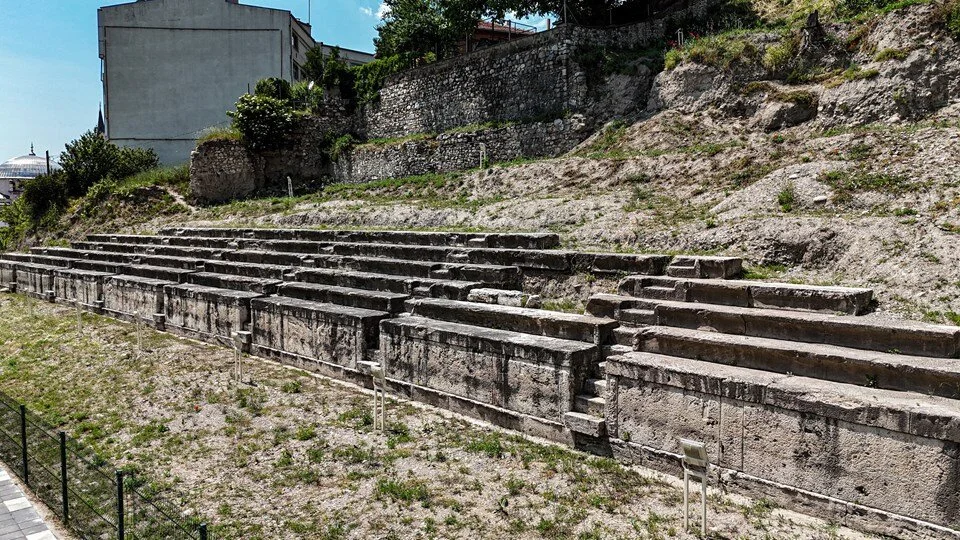
A New Archaeopark in the Making
📣 Our WhatsApp channel is now LIVE! Stay up-to-date with the latest news and updates, just click here to follow us on WhatsApp and never miss a thing!!
Excavations resumed in 2022 through a collaboration between the Bolu Museum of Archaeology, Ondokuz Mayıs University, and the Bolu Provincial Directorate of Culture and Tourism. In September of the same year, a comprehensive lighting project was implemented, giving the site an aesthetically striking nighttime appearance. Authorities plan to open the site as an official archaeological park (archaeopark) later this year.
Tourism Officials Aim to Boost Cultural Engagement
Speaking about the significance of the site, Bolu’s Director of Culture and Tourism, İbrahim Emre Gürsoy, emphasized its unique historical value:
“This is the only known Roman stadium uncovered in Bithynia so far. It is part of Claudiopolis’ acropolis and believed to have been constructed during Emperor Hadrian’s rule. Though partially damaged in the 1970s due to road and construction work, a considerable portion has survived.”
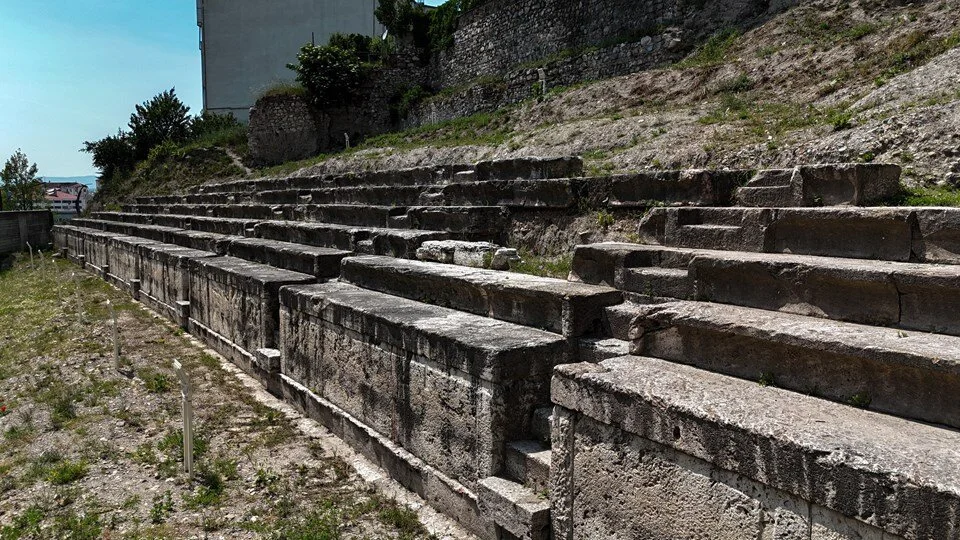
Gürsoy also shared plans for the site’s future:
“We want this to be more than just an excavation site. Our goal is to create a vibrant cultural destination. With seating areas, walking paths, and a modern visitor center, the stadium will become a major tourist attraction.”
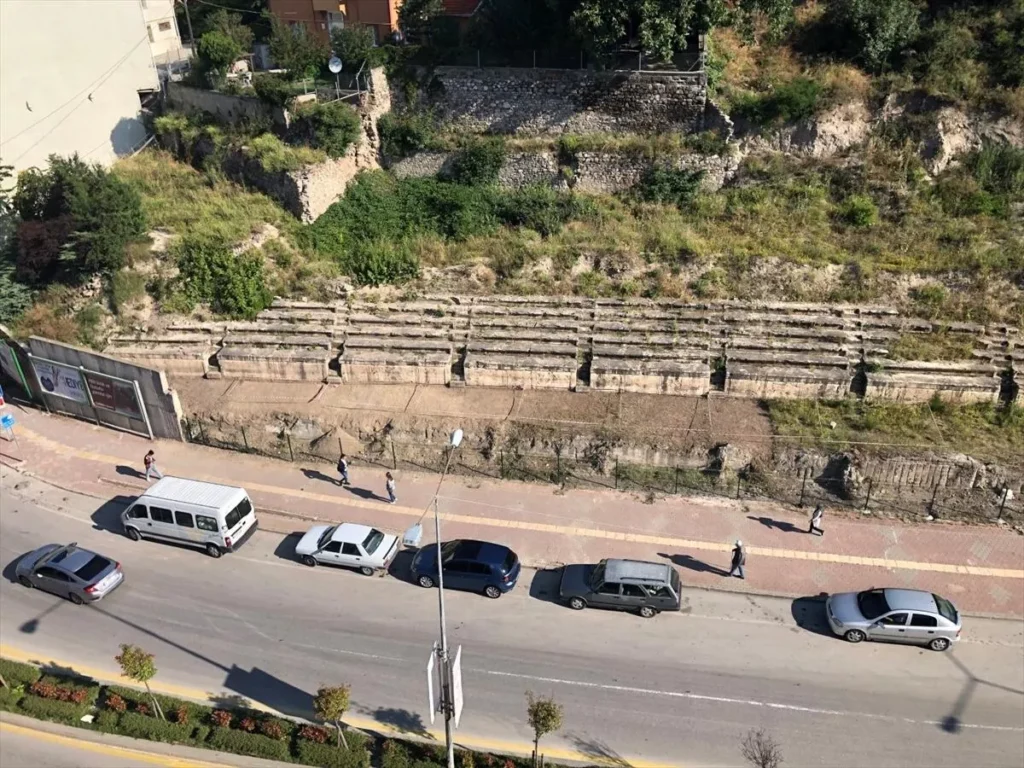
Bolu Aims to Become a Key Destination for Heritage Tourism
Located just minutes from Bolu’s city center, the ancient stadium offers both historical value and easy accessibility—two key factors for sustainable tourism development. Once completed, the archaeopark is expected to draw interest from local and international visitors alike, positioning Bolu as an emerging destination on Türkiye’s archaeological map.
You may also like
- A 1700-year-old statue of Pan unearthed during the excavations at Polyeuktos in İstanbul
- The granary was found in the ancient city of Sebaste, founded by the first Roman emperor Augustus
- Donalar Kale Kapı Rock Tomb or Donalar Rock Tomb
- Theater emerges as works continue in ancient city of Perinthos
- Urartian King Argishti’s bronze shield revealed the name of an unknown country
- The religious center of Lycia, the ancient city of Letoon
- Who were the Luwians?
- A new study brings a fresh perspective on the Anatolian origin of the Indo-European languages
- Perhaps the oldest thermal treatment center in the world, which has been in continuous use for 2000 years -Basilica Therma Roman Bath or King’s Daughter-
- The largest synagogue of the ancient world, located in the ancient city of Sardis, is being restored

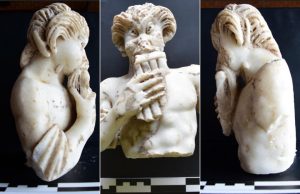
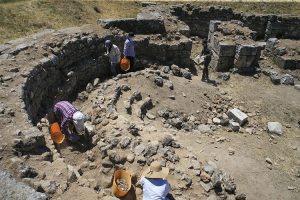
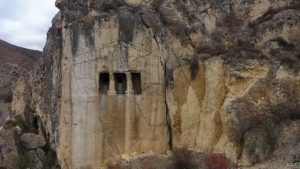
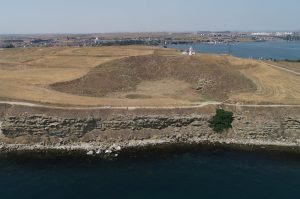
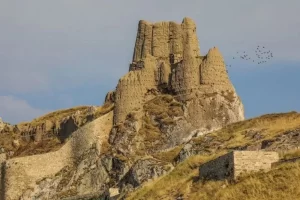
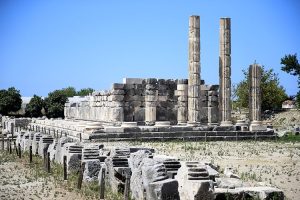
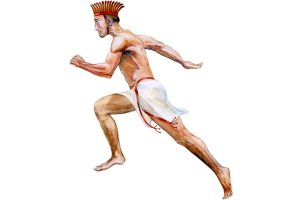

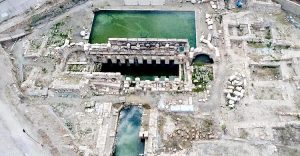
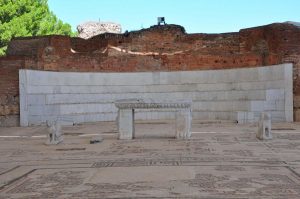
Leave a Reply